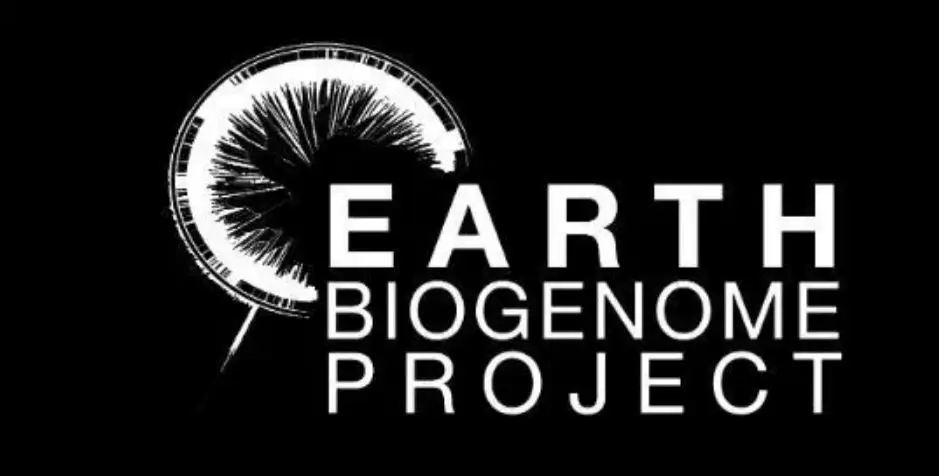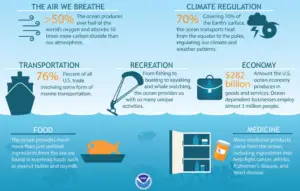Table of Contents
About Earth BioGenome Project | UPSC – IAS
International biologists have launched an ambitious Earth BioGenome Project at an estimated cost of $4.7bn.
Aim of the Project – It aims to sequence, catalog and characterize the genomes of all of Earth’s eukaryotic biodiversity over a period of ten years.
Significance of Earth Biogenome project | UPSC and PIB
- Saving Biodiversity: Given Climate Change and related worries such as loss of forest cover, about 50% of current biodiversity could be lost by the end of the 21st century in what is being referred to as the Sixth Great Extinction. This Project will help record the genomes of organisms at risk.
- Discovery of Unknown Species: It is believed that there are somewhere between 2 million and 3 million eukaryotic species on the planet. Only about half have been identified so far.
- New Resources: It should also lead to the discovery of new drugs, new biofuels, and boost agricultural technologies, with obvious commercial benefits.
- Generate Revenues: It could help to boost scientific capacity and generate revenues for poor countries with rich biodiversity.
- Better Understanding: It will revolutionize the understanding of biology and evolution and thus create new approaches for the conservation of rare and endangered species.
Challenges in Earth Biogenome project | UPSC and PIB
- High Quality data: The most difficult part in EBP will be to acquire and process high-quality samples from species that are hard to reach.
- Lack of Technologies: New technologies such as specimen-collecting drones may need to be developed.
- IPR issue: There are complicated protocols involved in transferring physical samples and genetic data across borders, and there are bound to be disputes about the sharing of the benefits obtained.
- Legal Frameworks: While the Nagoya Protocols of 2014 provide a framework for such transfers, the United Nations Convention on Biological Diversity will have to work out new protocols and, ideally, create a new, transparent and equitable legal framework.
About Earth BioGenome Project | UPSC and PIB
- It involves projects by various countries:
- US-led project to sequence the genetic code of tens of thousands of vertebrates
- Chinese project to sequence 10,000 plant genomes
- The Global Ant Genomes Alliance, which aims to sequence around 200 ant genomes.
- UK participants, led by the Wellcome Sanger Institute, will also sequence the genetic codes of all 66,000 species inhabiting Britain in a national effort called the Darwin Tree of Life.
- Currently, fewer than 3,500, or about 0.2 per cent of all known eukaryotic species on Earth have had their genome sequenced.
- Physical samples would be stored frozen in liquid nitrogen in four or more facilities located in different parts of the world, and repositories of digitised information would be created.
- The completed project will generate at least 1 exabyte (that is, 1 billion gigabytes) of data, which is to be
shared online for free. - The initiative would produce a database of biological information that provides a platform for scientific research and supports environmental and conservation initiatives.
- The participating institutions would raise their own funding as far as possible. However, the project has the backing of the World Economic Forum
- The potential benefits of EGP are compared to those from Human Genome Project, which has transformed research into human health and disease.
Key – terms Explain | UPSC and PIB
Eukaryotes
- These are organisms whose cells have a nucleus enclosed by membranes.
- These are animals, plants, fungi and protozoa, which encompass all of life except simple microbes (bacteria and archaea).
Prokaryotes
- These are the organisms with single cell nucleus e.g. bacteria and archaea.
Human Genome Project (HGP) | UPSC and PIB
- It was the international, collaborative research program whose goal was the complete mapping and understanding of all the genes of human beings. All our genes together are known as our “genome”.
- It helped to develop modern sequencing techniques, which have vastly improved the efficiency while reducing the costs of genomic research.
- It read the genetic code of just one species, Homo sapiens, between 1990 and 2003.




